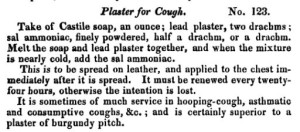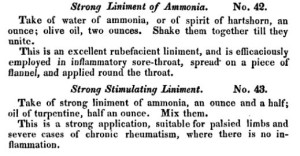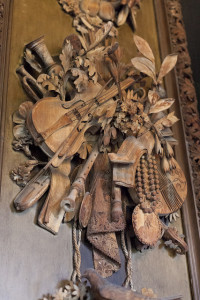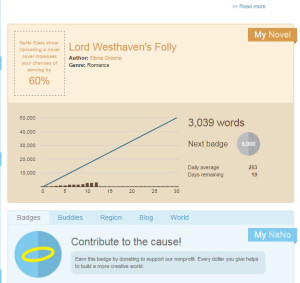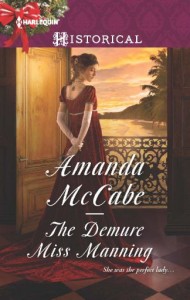 The Halloween holiday has put me very behind schedule!!! (though the stores seem to think it is already Christmas…) The Demure Miss Manning, my latest Harlequin Historical Regency, is out NOW! Brazilian beaches just in time for winter! For the chance to win a copy today, just leave a comment on this post, or you can find more info on it here…
The Halloween holiday has put me very behind schedule!!! (though the stores seem to think it is already Christmas…) The Demure Miss Manning, my latest Harlequin Historical Regency, is out NOW! Brazilian beaches just in time for winter! For the chance to win a copy today, just leave a comment on this post, or you can find more info on it here…
I don’t know about where you are, but last winter here was long, cold, and gray (and I hate winter)! So I was very happy to escape into writing Mary and Sebastian’s story in the warmth of Brazilian sun and beaches (even though in 1808 it wasn’t exactly a beach as we think of it, with bikinis and drinks with tiny umbrellas—I was desperate enough to get out of the snow I would take any beach!)
I had heard of the story about the flight of the Portuguese court from Lisbon to their colony in Brazil, but not really the details. (Most of my previous research for the Napoleonic Wars centered on Spain and Waterloo). A few years ago, I came across Patrick Wilcken’s book Empire Adrift: The Portuguese Court in Rio de Janeiro, 1808-1821, in a secondhand book shop, and started reading right there in the aisle. What a fascinating tale! On November 29, 1807, just days ahead of the Napoleonic army under General Junot, almost 15,000 people (figures vary) sailed away from Lisbon harbor, under the protection of the British Navy, bound for Brazil, a land almost none of them had ever seen and which would prove to be a completely different world from winter-time Portugal. The royal court wouldn’t return to Lisbon until 1821.
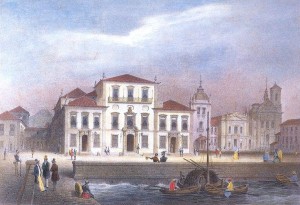 It was a tumultuous, complicated story of the “mad queen” Maria, her son the Prince Regent Joao, and his Spanish wife Dona Carlota (a cousin who he married when she was ten years old, and they proved to be a disastrous mismatch), British commercial relations with Portugal that needed to be preserved at all costs, a stormy, months-long voyage, and a landing in a new, strange world. It was like reading an epic novel, but it was all real, and I loved putting Mary and Sebastian right in the middle of it all!
It was a tumultuous, complicated story of the “mad queen” Maria, her son the Prince Regent Joao, and his Spanish wife Dona Carlota (a cousin who he married when she was ten years old, and they proved to be a disastrous mismatch), British commercial relations with Portugal that needed to be preserved at all costs, a stormy, months-long voyage, and a landing in a new, strange world. It was like reading an epic novel, but it was all real, and I loved putting Mary and Sebastian right in the middle of it all!
If you’d like to know more about this period in history (and there is so much more to know!), these are some books I found very useful…
Patrick Wilcken, Empire Adrift: The Portuguese Court in Rio de Janeiro, 1808-1821 (2004)
Maria Graham, Journal of a Voyage to Brazil and Residence There, 1821-23 (1824)
Kirsten Schultz, Tropical Versailles: Empire, Monarchy, and the Portuguese Royal Court in Rio de Janeiro, 1808-1821 (2001)
Kenneth Light, The Saving of an Empire: The Journey of Portugal’s Court and Capital to Brazil, 1808 (2009)
Laurentino Gomes, 1808: The Flight of the Emperor (2007)
Sir Henry Chamberlain, Views and Costumes of the City and Neighborhood of Rio de Janeiro from drawings taken by Lt. Chamberlain, of the Royal Artillery, During the Years of 1819 and 1820 (1822)
Marcus Cheke, Carlota Joaquina, Queen of Portugal (1947)






